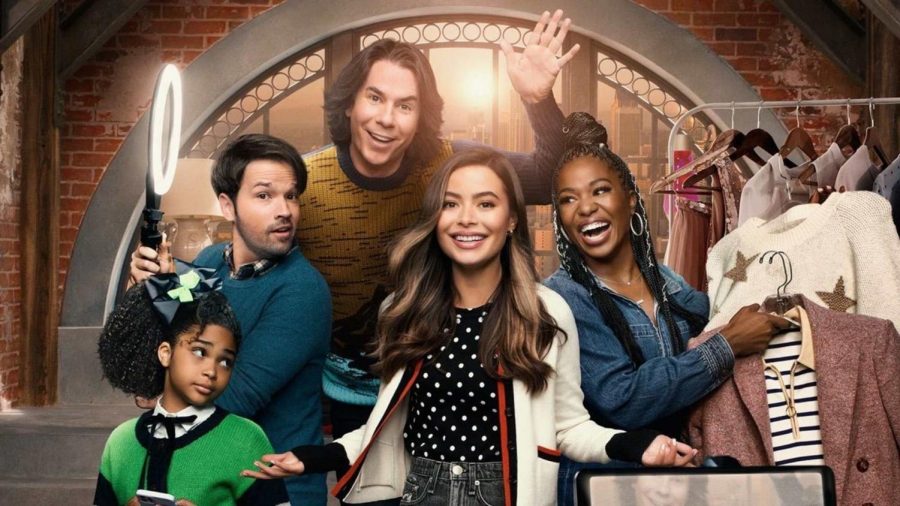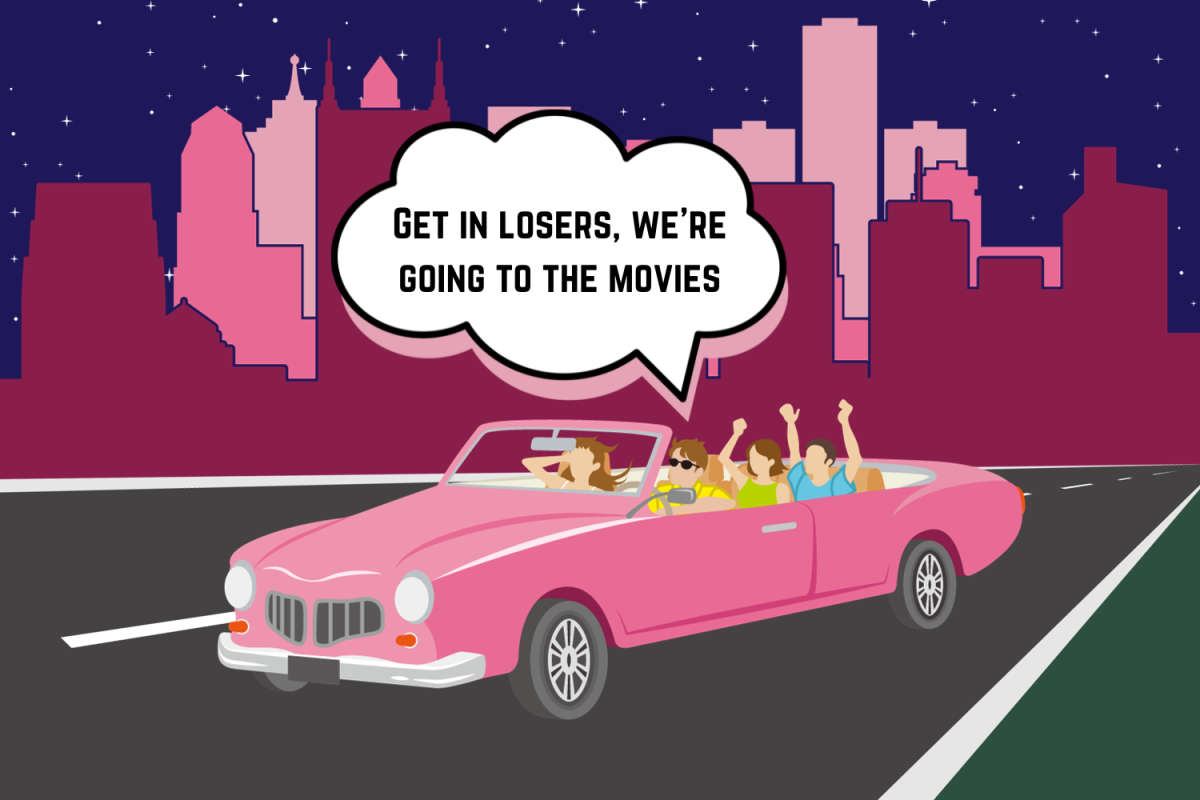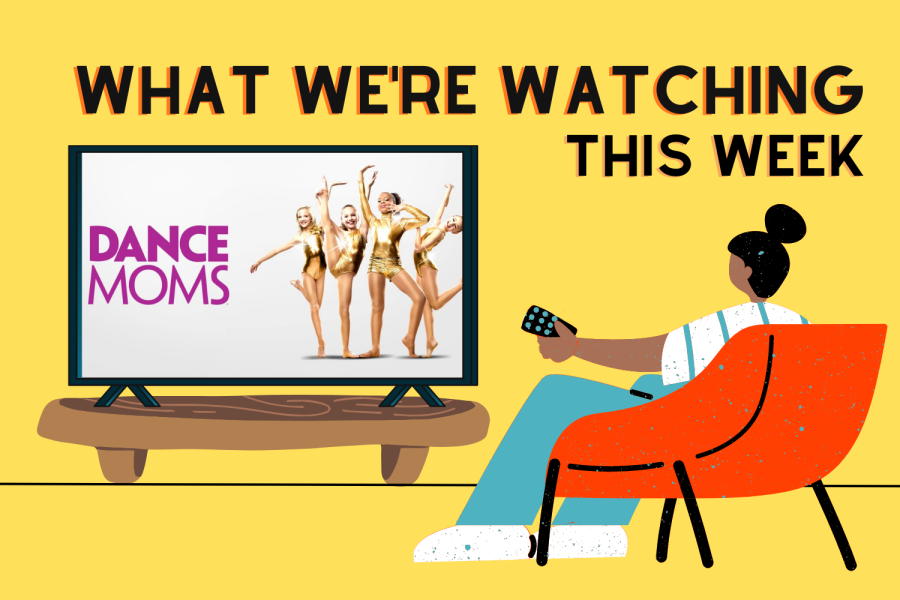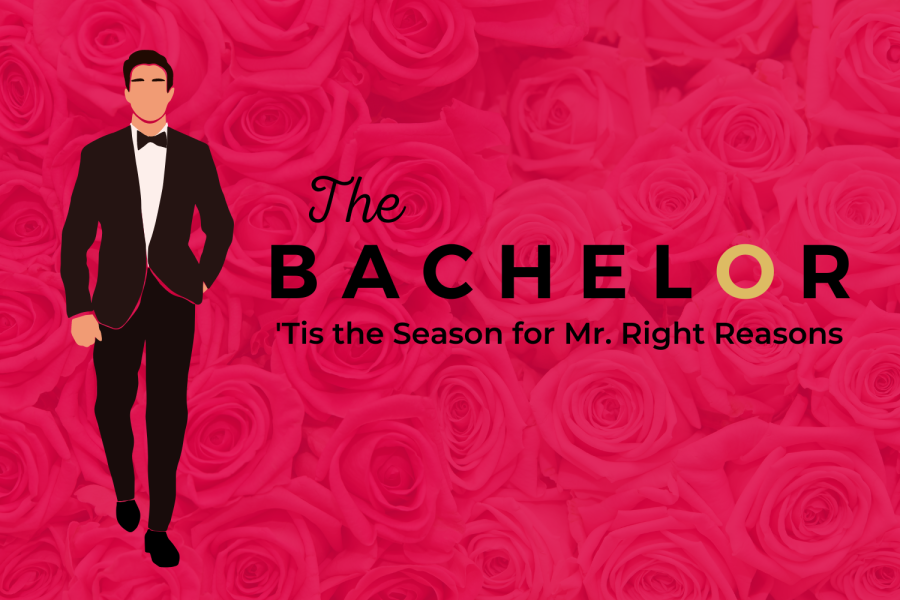Teen sitcoms in the late 2000s were revolutionary in their time. Never before did a market exist for studios to produce television for that ambiguous age group between millennials and Gen Z, and these unique circumstances led to a truly unique product.
This means I can say with 100 percent seriousness (okay, 99) that shows like “iCarly,” “Hannah Montana” and “Good Luck Charlie” were genuine trailblazers. They adapted the beloved sitcom format to a new audience in a new era, and they did so with finesse and charm, birthing a new generation of humor as the world transitioned onto the fledgling internet. I mean, come on—when “iCarly” premiered in 2007, YouTube hadn’t even celebrated its second birthday yet. Show creator Dan Schneider, for all his faults, must have had a vision of the feeture. Oops, I mean future.
But as happens at the end of every golden age, Carly Shay signed off for the last time in 2012, and we would never get more webshow content from our favorite fictional influencer-from-before-there-was-a-term-for-it—or so we thought.
June 17, Paramount+ (as if the streaming market weren’t already oversaturated) released the first three episodes of an homage to our awkwardest age: a fresh, new rebooted version of “iCarly,” starring most of the original cast. Nearly ten years older but not much wiser, Carly and crew must now learn to navigate the convoluted, fast-paced social situations of life ten years after internet stardom.
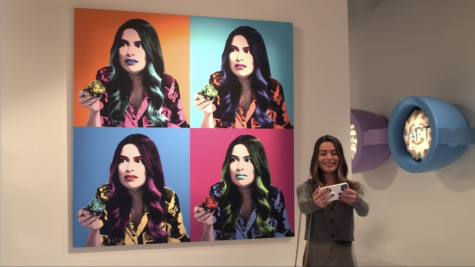
I was wary at first; modern reboots are hugely hit or miss, and Nickelodeon made some questionable spinoff choices lately with regards to the Spongebob IP. Though the adultified “iCarly” doesn’t get everything right from the POV of a pretentious reviewer (that’s me), it comes pretty dang close to tonally perfect, capturing the same awkward energy of the late 2000s and the kids that lived through them (that’s us). Because really, we’re those same awkward kids today, nervously denying the rapid approach of our 20s and clutching desperately onto any nostalgic crumb from the decade our lives went digital.
Naturally, then, Paramount+ knew these oversized awkward children (still us) would jump at the chance to relive that era. But they couldn’t just throw Miranda Cosgrove, Jerry Trainor and Nathan Kress (who play Carly, Spencer and Freddie, respectively) onto the old set and expect “iCarly” to miraculously re-emerge. Nor could they expect audiences to enjoy a hodgepodge like that, so the writers and cast made a number of modifications to the tried-and-true teen sitcom formula to make it work anew.
Immediately noticeable is that the new “iCarly” is in fact an adult-leaning teen show. No, you won’t see KJ Apa and Camila Mendes engaged in softcore porn on screen, but Carly says “bitch” and Spencer “lives in a society”—all appropriate extrapolations of the no-shits-given attitude from the original series. The characters deal with memeability, cancel culture, influencer status—everything you’d expect from a modern, adultified version of the show. There’s even a golden moment in which Carly’s new bestie Harper (played by Laci Mosley) tells Carly she won’t “kinkshame her fursona.” #DiversityWin!
Harper herself is the second major alteration from the original “iCarly.” Sadly, Jennette McCurdy (who played Sam) quit acting a few years back, so the reboot had huge shoes to fill in the form of a new rambunctious best friend for Carly. I was worried Harper would quickly devolve into the “sassy black friend” sitcom stereotype, but pleasantly, her character tropes lean more towards her just straight up being a new Sam. Mosley excellently delivers rapid-fire one-liners in much the same fashion as teenage McCurdy once did, and though she’s not the same exact breed of wild and crazy, the expositional writing in the first few episodes decently fleshes out Harper’s unique character and backstory.
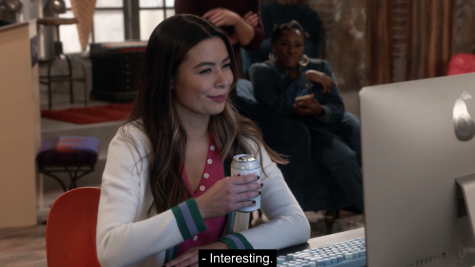
Don’t worry, though—Sam isn’t just mysteriously missing without an explanation; she’s appropriately off living her best life somewhere as part of a biker gang. These kinds of small expositional moments to explain the time gap between the original and reboot are plentiful and often feel extremely forced, but they’re necessary. We do truly need to know exactly how much Freddie suffered on his own before he felt returning to live with his mom was the only option, and which accidental stroke of brilliance made Spencer rich. Writers, we forgive your crimes. Just this once.
But the most enjoyable novelty of the reboot is the fact that the writers were able to create new meaning from the same old contrived and coincidental plot cliches and the same beloved characters. As Carly herself says in the first episode, “I just wanna make things again,” and thus the new “iCarly” becomes a show about the creator’s dilemma—the struggle of finding the motivation and inspiration to make things, to create art.
Whether it’s Spencer’s crazy sculptures, Millicent’s ingenious business ventures or Carly’s webshow, you can really tell that the cast is so profoundly happy to be back on this set making this show—this art—again. Cosgrove’s eyes literally gleam in one scene where she, surrounded by props from the original show, shows Spencer the crib from the infamous “Baby Spencer” segment. Equal parts cringe, equal parts fun, for both us as the audience and Trainor himself. That’s what the webshow was always about.
“iCarly” is only the latest in a new trend of reboots that are aware they’re reboots, and the rest of the inaugural season promises to take us on a journey worthy of all the cringes, memes and YouTube-clippable moments that made the first show such a fan favorite. A friend described the new pilot to me as “so bad, but in the best way,” and that’s really all you need to know. Nostalgia is a powerful drug. With “iCarly,” we’re tripping hard.
“iCarly” is now streaming on Paramount+. New episodes drop every Thursday.

